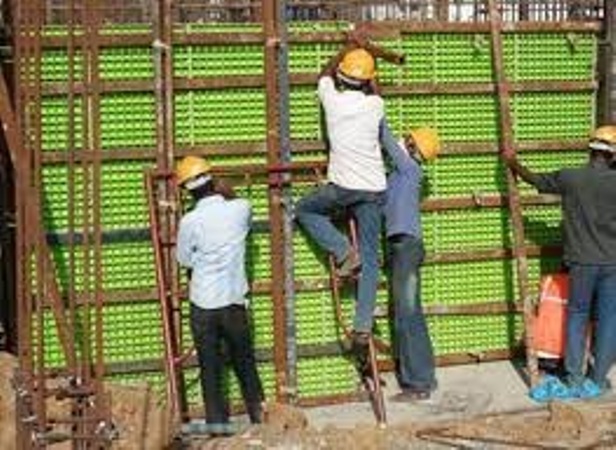
The global market for rheumatoid arthritis treatments is expected to grow at a CAGR of...
Learn More
Our consulting solutions address company specific challenges with respect to micro environment...
Learn More
Organizations frequently need day-today research guidancein order to gain strategic...
Learn More
Exploring different areas of market research and market analysis is a key factor...
Learn MoreAcute Market Reports presents the most extensive global business research services across industries. Our research studies focus on potential outcomes, benefits, and risks associated with each market segment across geographies. Having served our global clients for more than 10 years, our prime priority is to enable our clients in making well-informed business decisions through a data-driven, analytical, and uncomplicated research approach.
We provide access to the world's most comprehensive, analytical, and updated business intelligence services and solutions.




The primary progressive multiple sclerosis treatment market is characterized by advancements in approved and pipeline drugs, the expanding role of e-commerce in distribution, and ongoing challenges in traditional retail pharmacies. The primary progre...
Read More
Glutathione, a potent antioxidant, has garnered significant attention in recent years due to its vital role in cellular protection, detoxification, and immune function. As awareness of health and wellness grows globally, the glutathione market has witnessed a substant...
Read More
The plastic formwork market is expected to grow at a CAGR of 3% during the forecast period of 2025 to 2033, plastic formwork market is reshaping the construction industry with its lightweight, durable, and cost-effective solutions for creating concre...
Read More




